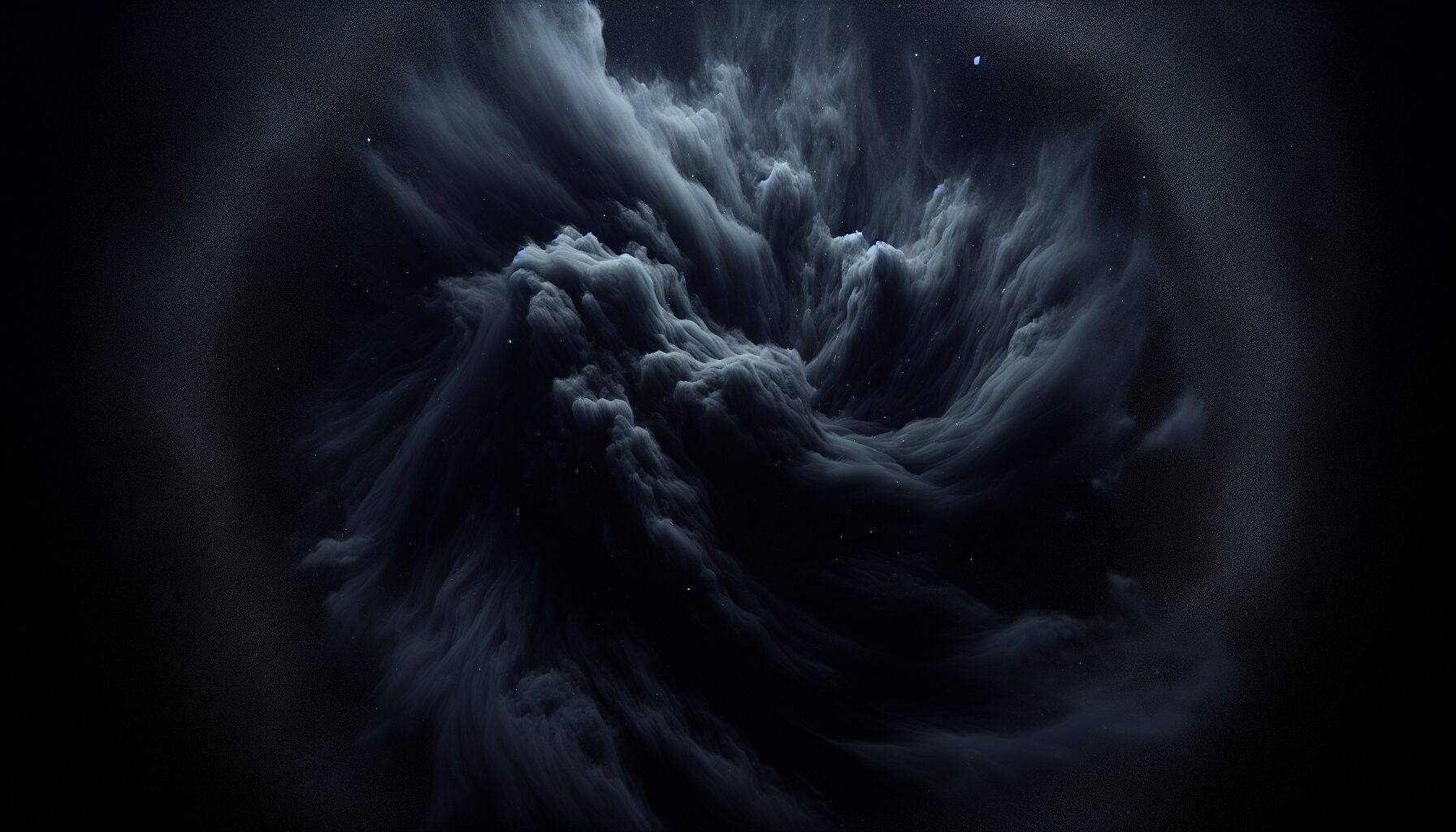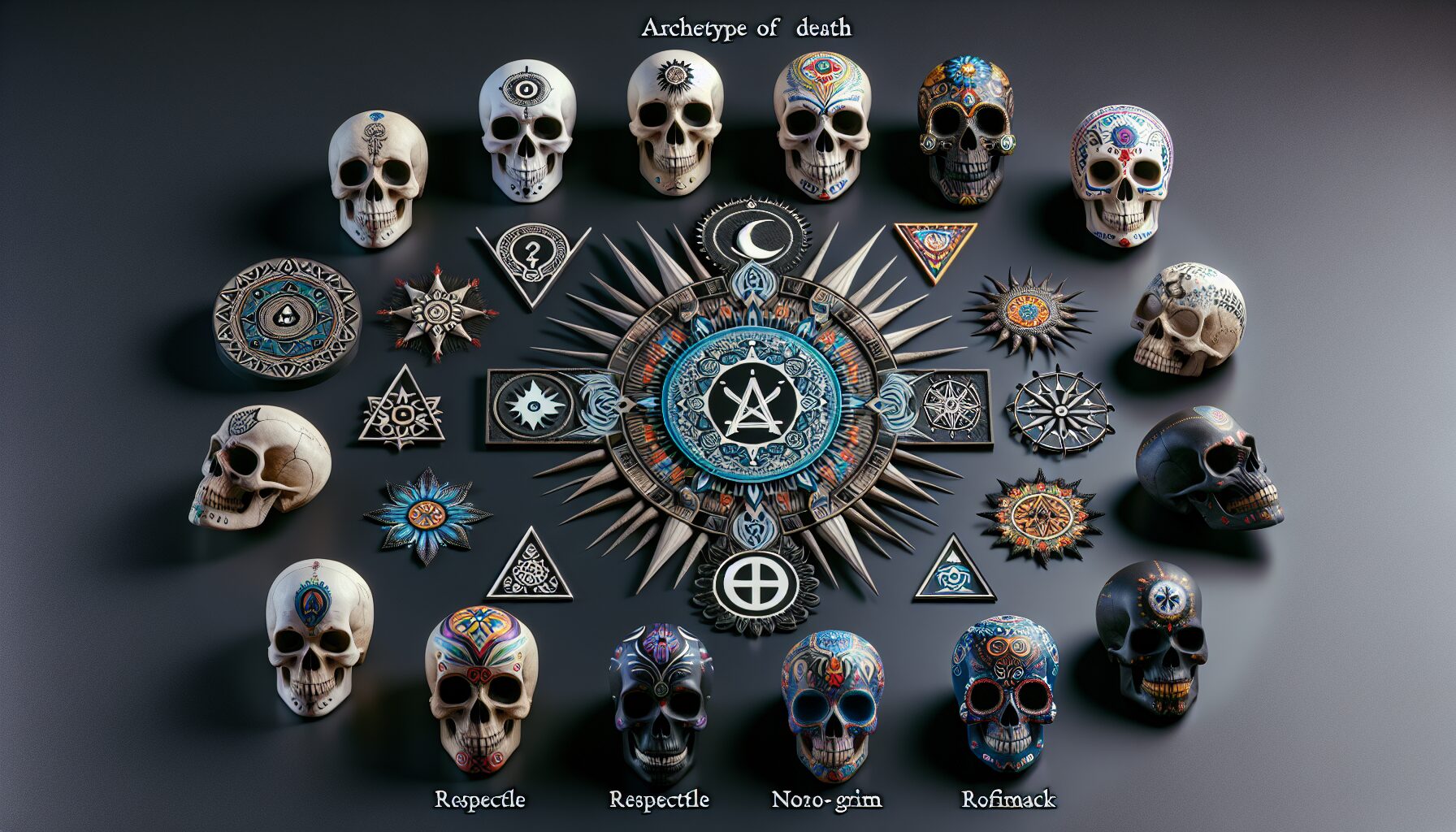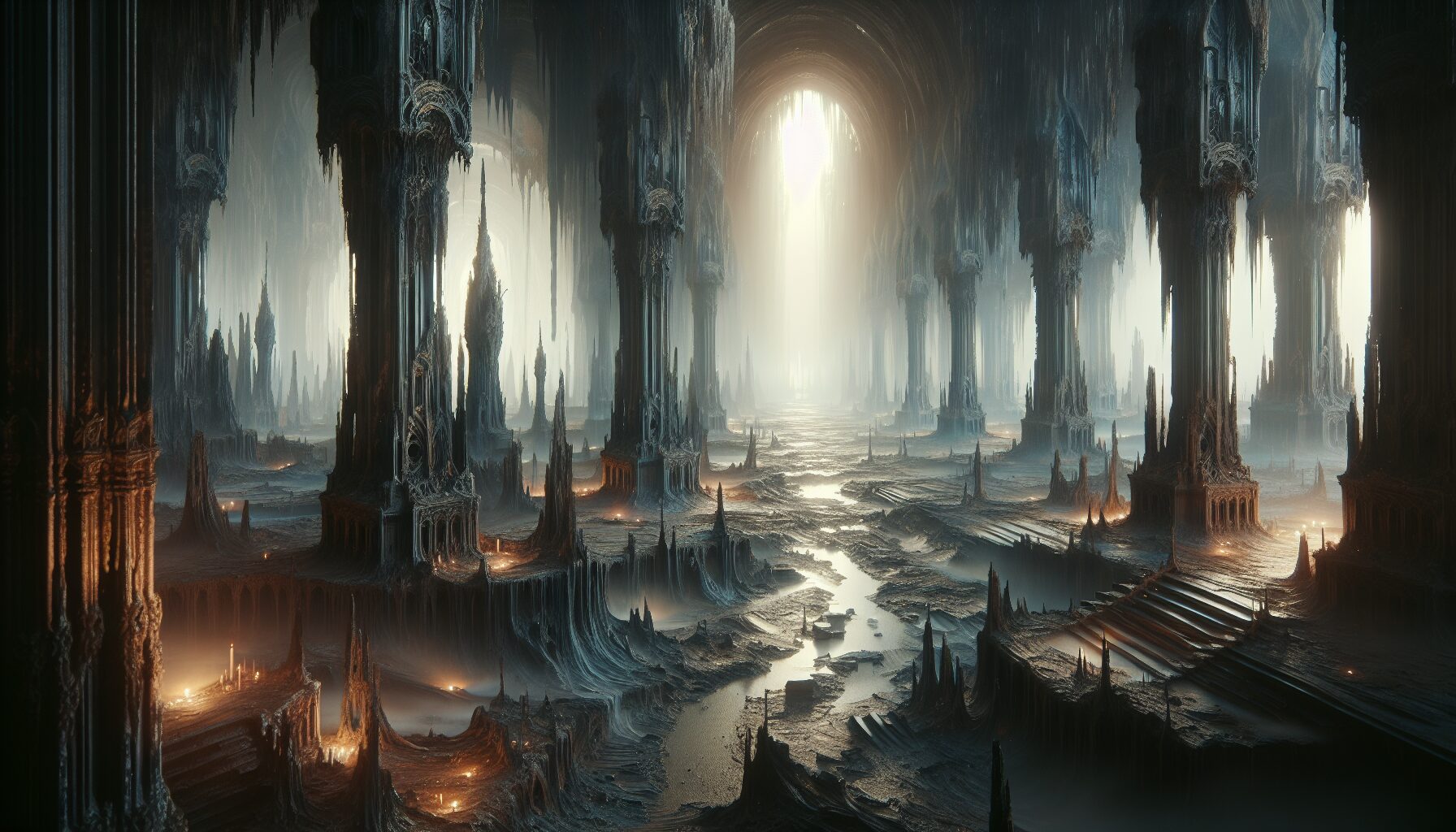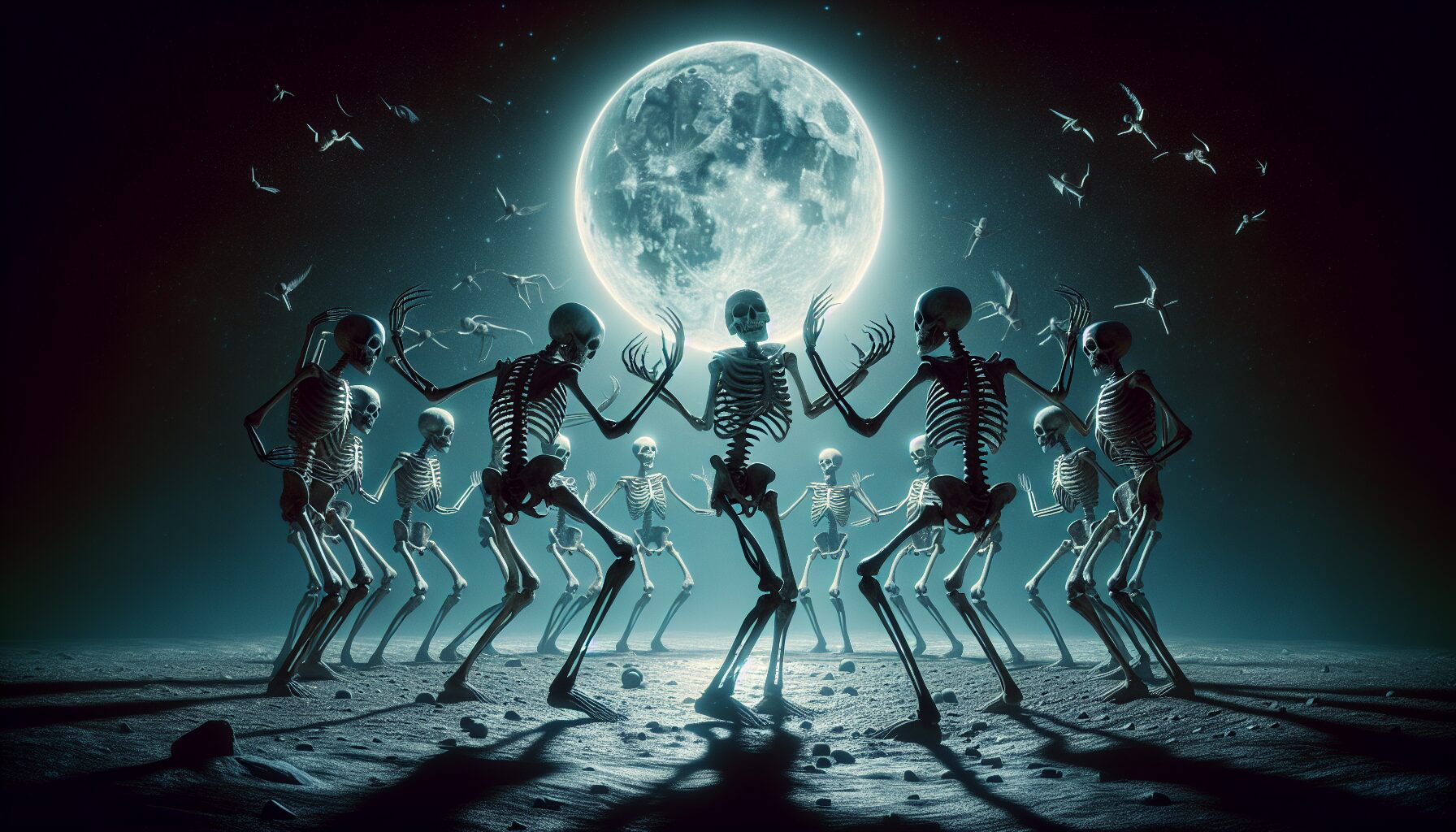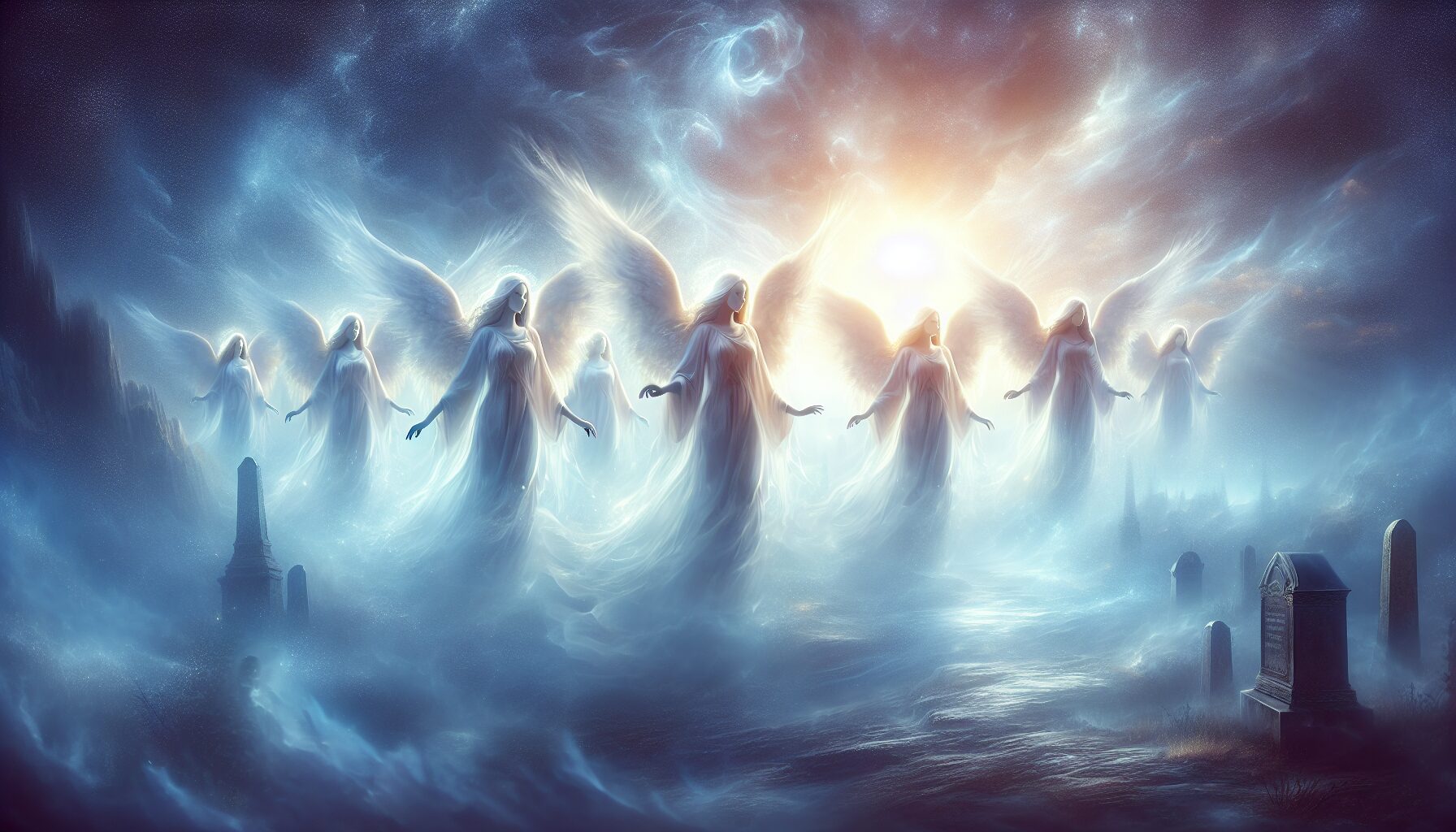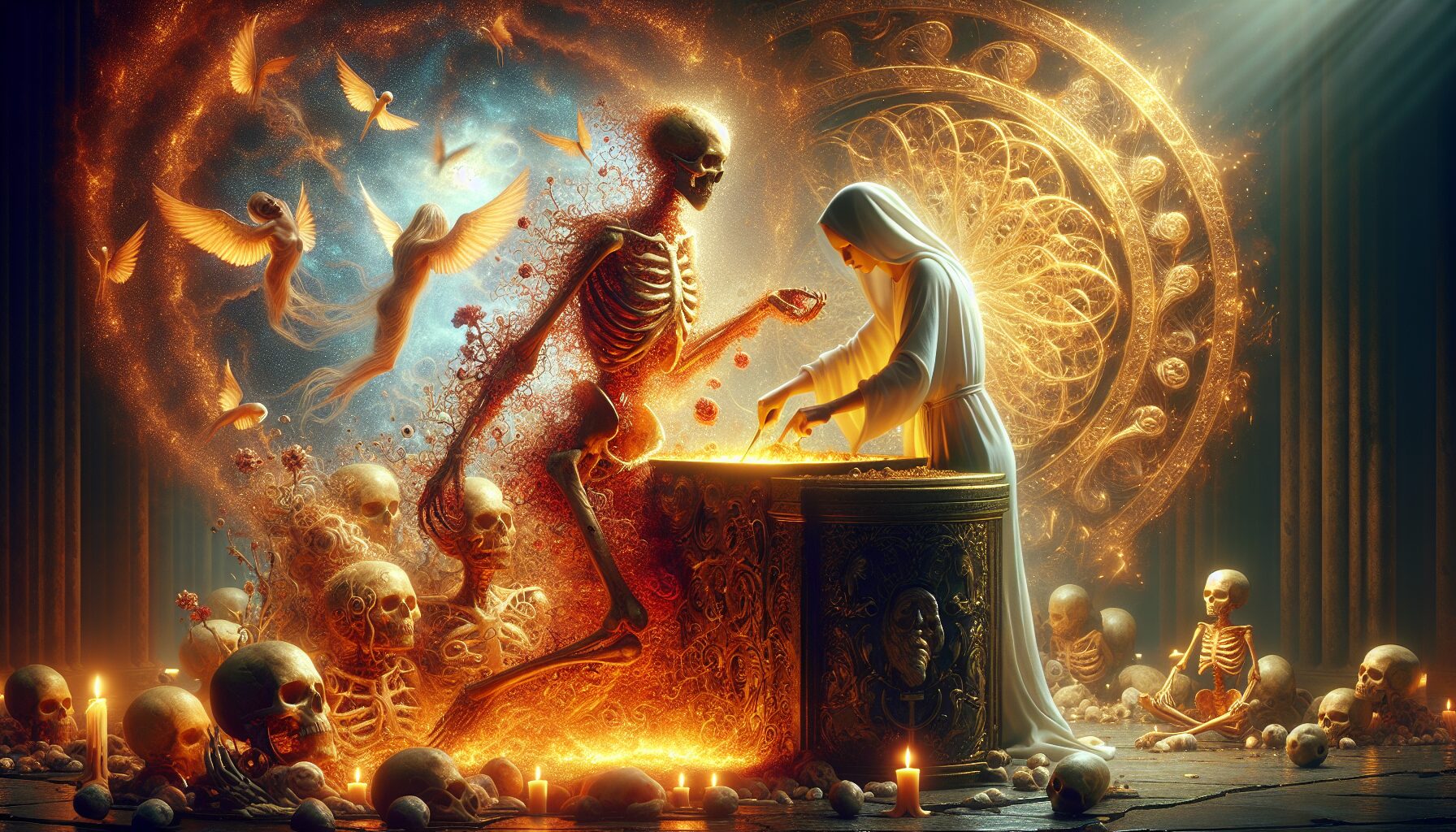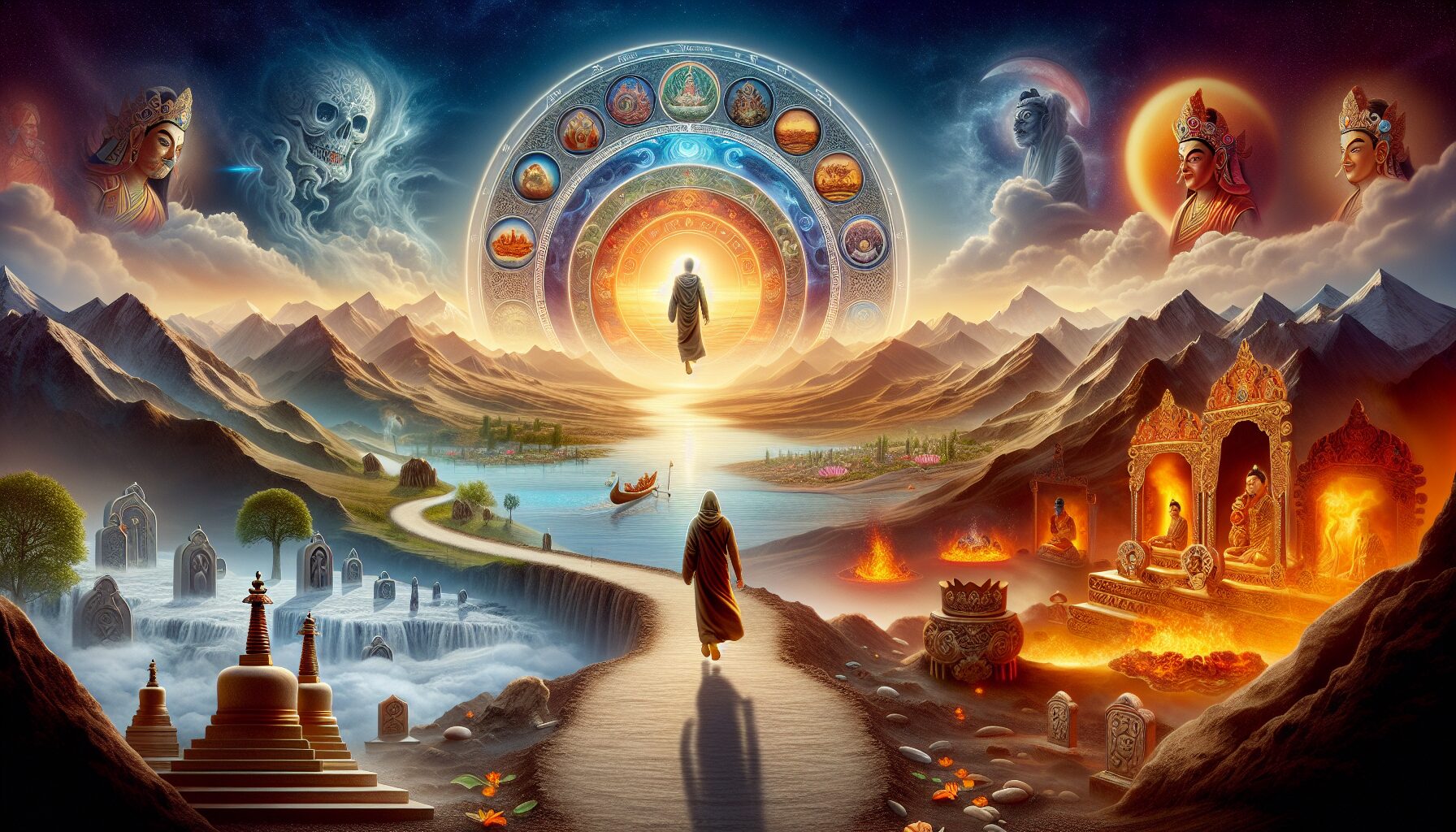The color black, more than any other, is steeped in dense symbolism and meaning. It is the color of mystery, mourning, and elegance, simultaneously embodying the concepts of death and infinity. In cultures worldwide, black conjures contrasting imagery, from the void of the universe to the cacophony of negative emotions. This article delves into the multifaceted significance of black, exploring its rich history and enduring impact on art, fashion, and cultural rituals.
Historical Symbolism of Black
Black holds an intriguing place in the annals of history, deeply associated with power and authority. According to historian John Harvey, the color black “has a history that traces back to the use of charcoal as makeup in ancient societies and as a fundamental color in religious and spiritual symbolism.” (Encyclopedia Britannica)
- Ancient Egypt: Black was revered in ancient Egyptian culture as symbolic of fertility and rebirth, essential traits in an agrarian society dependent on the Nile River’s annual inundation.
- Middle Ages: During this era in Europe, black gained association with authority and social hierarchy, used notably by the clergy and judiciary as a symbol of anonymity and impartiality.
- Renaissance: Black took on a new sophistication during the Renaissance, becoming the color of choice for royalty and the wealthy, as evidenced by the black velvet fabrics frequently used in European courts.
Black in Art and Fashion
Art and fashion have continually played with the boundaries and perceptions of black, finding inventive expressions for its starkness.
- Art: The use of black in art demands an acute attention to detail and surface texture, as it cannot rely on color contrasts to convey depth or emotion. Artists like Kazimir Malevich, with his work Black Square, challenged perceptions, asserting that “It is from zero, in zero, that the true movement of being begins.” (Tate)
- Fashion: Black is synonymous with timeless elegance, eternally chic and adaptable. According to Coco Chanel, “Women think of all colors except the absence of color. I have said that black has it all. White too. Their beauty is absolute. It is the perfect harmony.” The iconic little black dress cemented its status as a fashion staple.
Black as a Cultural Marker
The cultural implications of black are both profound and varied, often rooted in traditional practices and beliefs. While black represents mourning and loss in Western cultures, it symbolizes vitality and growth in others.
- Western Traditions: In Western society, black is synonymous with grief and funerals. It became tradition in the Victorian era to wear black as a public display of mourning. The somber hue carries these associations into contemporary customs, signaling respect and sorrow.
- Eastern Perspectives: In many Eastern cultures, white is the color of mourning, while black represents different aspects. For instance, in Chinese culture, black denotes water and the north, symbolizing dignity and honor.
- African Cultures: Among some African cultures, black is connected with maturity and masculinity. The color is often used for ceremonial clothing, adornments, and in rituals that signify transition and transformation.
The Psychological Impact of Black
The psychology of colors exposes the powerful influence that black holds over human perceptions and emotions. As Psychology Today suggests, black is often associated with deep, complex emotions.
- Death and Mourning: Universally linked with death, black evokes a range of emotional responses—from fear to awe. Its association with the unknown and unexplainable lends it a powerful narrative in discussions of mortality.
- Power and Authority: Black is perceived as authoritative and commanding. Its dominance is often leveraged in professional settings, where it is used to convey strength and sophistication.
- Seclusion and Depression: The color can also evoke feelings of seclusion or isolation. It is not merely passive; it absorbs energy, sometimes amplifying feelings of heaviness or sadness.
“In black you can reach the deepest depths of folk music, or you can go to the most elevated conversation. Black is like the silence of the body after death, the close of life.” — Sadie Plant in her exploration of how black expresses in varying spectra of music and literature.
Conclusion: The Infinite Allure of Black
Black is more than a color; it is a statement, a way of life, a reflection of the most fundamental aspects of human experience. Its duality, offering both the end and the beginning of understanding, pushes us to consider our own beliefs and cultural paradigms. Black continues to inspire artists, fashion designers, and cultural theorists, leaving an indelible mark on our collective consciousness.
Whether we perceive it through the lens of death or infinity, power or elegance, the color black remains an enigma—layered in meaning, rich in legacy, and timeless in its presence.
